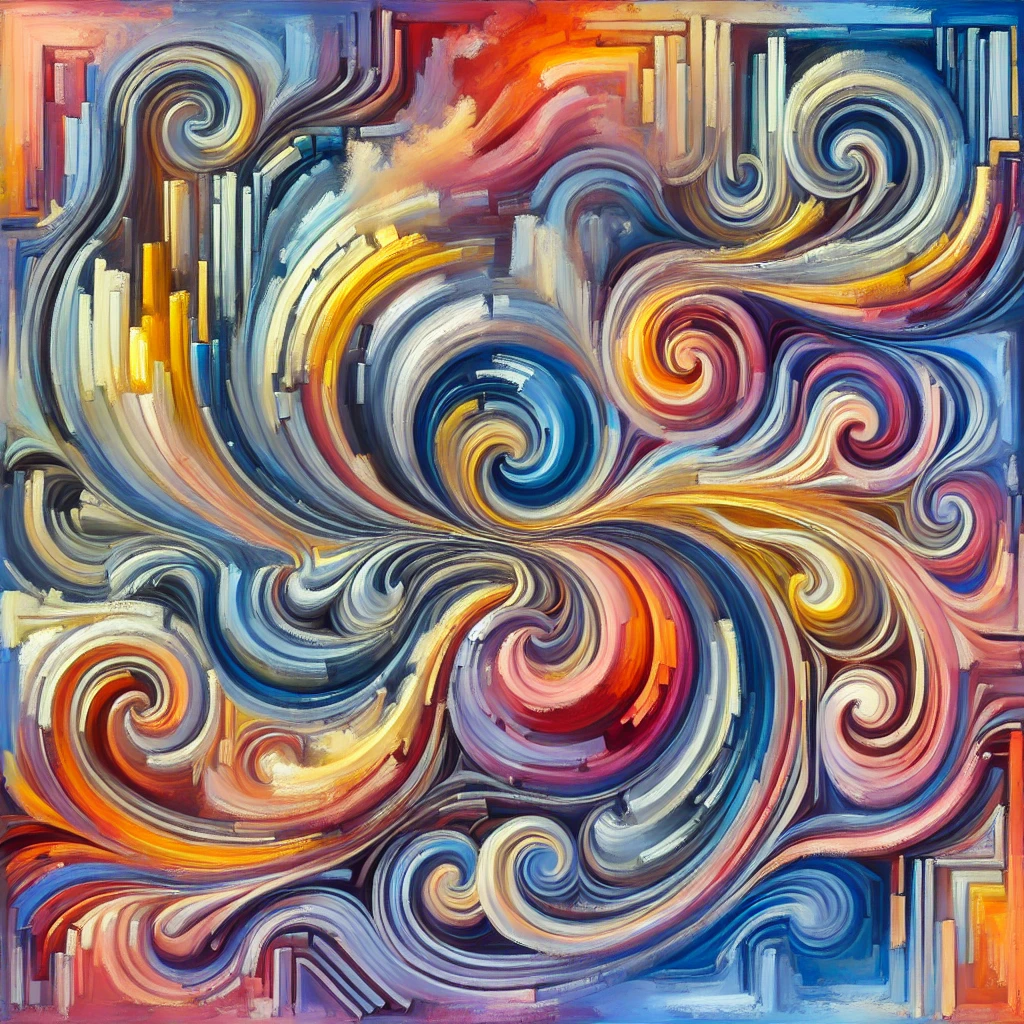Art generated by Artificial Intelligence is revolutionizing the artistic panorama, introducing new methods and forms of creative expression and raising profound ethical and ontological questions about creativity and authorship. AI is challenging the conventions of traditional art, opening an important debate on what it really means to be an artist in the 21st century.
What is art generated by artificial intelligence?
AI-generated art uses algorithms and neural networks to create visual, musical, literary works, and so on. Tools like Generative Adversarial Networks, and deep learning algorithms mean that machines can analyze large amounts of data and generate works that imitate existing artistic styles or create new ones.
Examples of works of art generated by artificial intelligence
A famous example of art generated by artificial intelligence is “Portrait of Edmond de Belamy”, a portrait that was “painted” by an AI algorithm developed by an artistic collective called “Obvious”, and which was then sold to auction for $432,500 in 2018. This example demonstrates that art generated by artificial intelligence can have a very significant value on the market.
Another example is Google’s DeepDream project, which uses neural networks that transform existing images into surreal and psychedelic works (an example here).
Impact on the world of traditional art
Art generated by artificial intelligence redefines the traditional definition of creativity. The idea that a machine can create works of art is pushing artists and industry experts to reconsider the role of human inspiration and intuition. AI tools make artistic creation accessible, and therefore democratize it, regardless of technical skills. Many artists see AI as a collaborator to be exploited and not a substitute to be feared, and believe they can use algorithms to amplify their creativity, as in the case of Refik Anadol, who creates works of art by combining his own ingenuity with artificial intelligence.
However, AI-generated art is not without controversy. The question of authorship, for example, is central: who is the true author of a work generated by AI? the artist who programs the algorithm, the one who uses it, or the algorithm itself? The legal and ethical implications are significant and still need to be resolved, and there are those who argue that art created through AI “does not have a soul” and cannot be considered authentic.
Conclusions
AI-generated art is a rapidly evolving field that is completely transforming the industry. While it raises controversial and complex issues, it can also open up new horizons of creativity. The question of its influence in the future remains, for now, unanswered.


